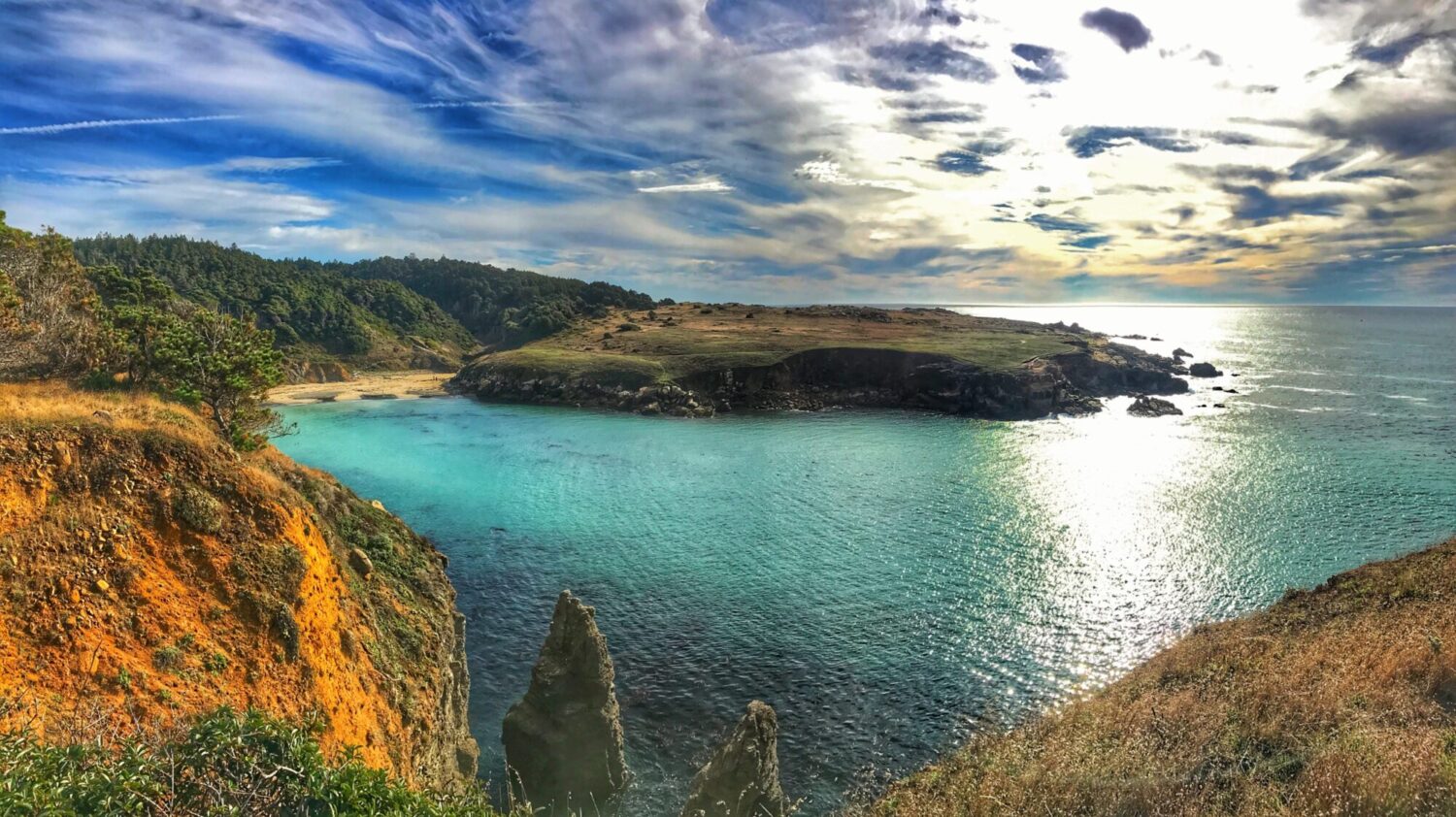
Too often, the ocean is left out of the climate conversation, focusing instead on a land-centric approach to saving our planet. The ocean covers 70% of the Earth, and it plays a huge role in our collective culture, livelihood, and the future of climate change. It serves as a massive heat and carbon sink and helps to mitigate our climate. But we have pushed it to the brink, and warmer waters, sea level rise, and ocean acidification are threatening the health of marine species and ocean ecosystems.
Recognizing the importance of maintaining our natural world in the fight against climate change, in 2020 Governor Newsom made California the first state in the nation to pledge to conserve 30 percent of land and coastal water by 2030 (30×30).In 2021, President Biden made a similar pledge on a national level. These executive orders are groundbreaking and critical, as we cannot and will not achieve true progress toward climate solutions without the policies and political will to do so. But there is much work to be done – the public, environmental organizations, decisionmakers, and industry alike will need to work together to achieve the ambitious conservation goals of 30×30.
The idea of conserving 30% of our ocean by 2030 is daunting but achievable. Importantly, California has many of the policies already in place to better protect marine environments – we are simply failing to effectively implement and enforce them. One of our state’s greatest environmental successes is our marine protected area (MPA) network, which protects marine habitats by restricting human activity and fishing, currently covering 16% of state waters. However, MPAs lack any water quality protection, meaning that land-based pollution can flow freely into these climate “hope spots.” California has existing policy tools to prevent this – a designation known as State Water Quality Protection Areas that would prohibit pollution in MPAs – but has failed to implement them since their inception in 2012.
Of course, California will need to look outside of existing marine and coastal protected areas to meet 30×30’s goals. There are myriad ways we can improve management and restoration of marine habitats. One example that has proven to work is enhancing wetlands, which have among the most efficient carbon sequestration rates of all habitat types. Over the last 16 years, the Bay Area alone has used 23 million cubic yards of dredged sediment for wetland restoration. It achieved this through a partnership with the U.S. Army Corps of Engineers, which would otherwise have disposed of the dredged material far offshore. Instead, the state paid pennies on the dollar to use that sediment for restoration, with huge success. With $8 million of funding to the Coastal Conservancy, the state could make this program permanent, with major positive impacts for wetland health and climate resiliency.
There are many other ways in which we can protect and restore our oceans and biodiversity. For example, investing in kelp restoration, slowing vessel traffic to reduce whale strikes and air pollution, setting coastal water quality standards for ocean acidification, and recycling ocean wastewater discharges. These are actionable solutions with clear and measurable impacts for our ocean. You can read more about California Coastkeeper Alliance’s recommendations to state decisionmakers here. We look forward to advancing a 30×30 plan that makes a real difference for the resilience of our ocean and our communities.

Executive Director Sean Bothwell leads CCKA’s initiatives to fight for swimmable, fishable, and drinkable waters for all Californians.



